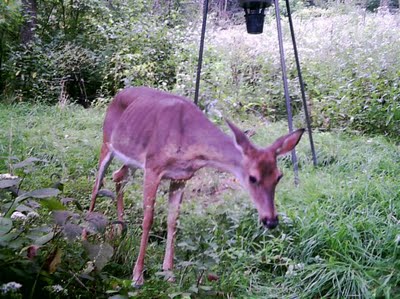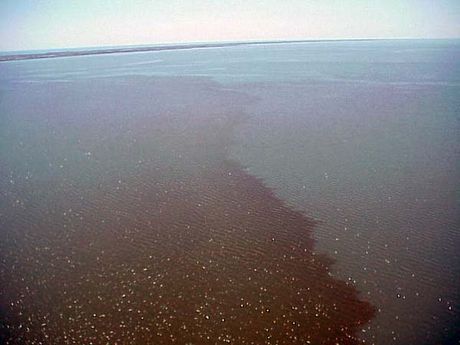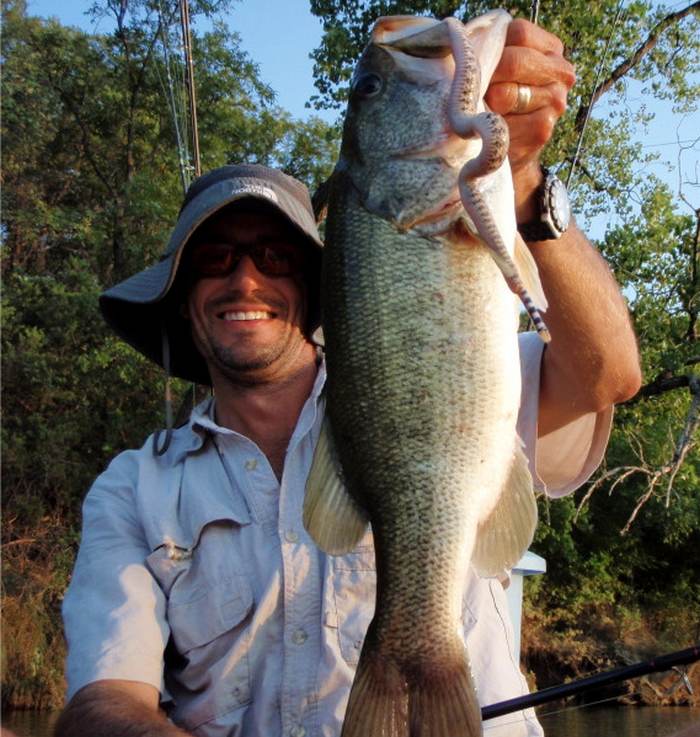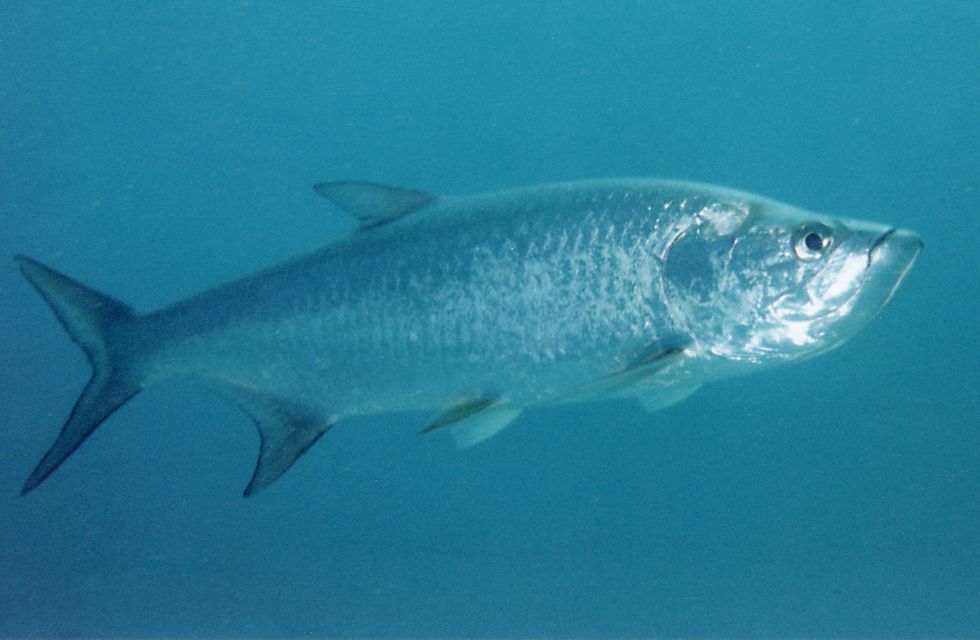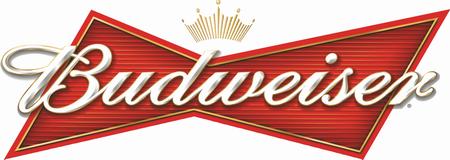The Texas Department of Agriculture (TDA) and Texas Parks and Wildlife Department (TPWD) are investigating an incident involving the misuse of the pesticide Temik in the southwestern area of Eastland County, Texas, in early October. Corn seed was treated with Temik and placed in and around some peanut fields near the intersection of U.S. 183 and County Road 173 south of Cisco. TDA is investigating why the corn was treated with Temik and distributed in this location.
The contamination of the peanut fields has killed a number of feral hogs, at least one white-tailed deer and two birds. Authorities have since taken steps to remove the contaminated corn, and no dead animals have been found at the site since the investigation began. Authorities are advising deer hunters to refrain from harvesting deer or feral hogs or eating deer or hog meat taken from within a 5-mile radius around the intersection of U.S. 183 and County Road 173 south of Cisco. However, TPWD is encouraging hunters to continue to enjoy hunting elsewhere in Eastland County and surrounding counties. Continue reading Poisoned Deer in Texas
